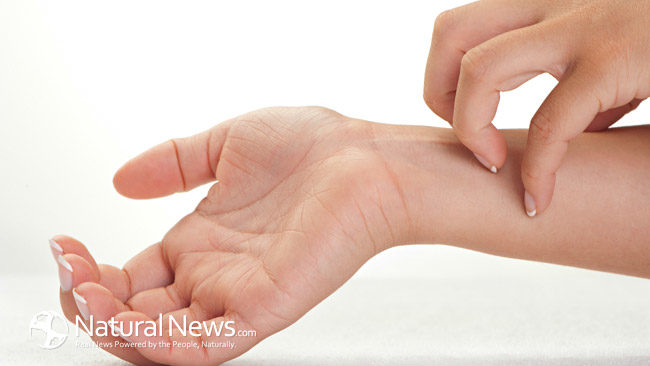For those who enjoy the outdoors, knowing your environment and surroundings is always an important safety measure. It isn’t just lions, tigers, and bears we have to be weary of. There are insects and even plants to watch for. Poison ivy, poison oak, and poison sumac are part of this watch list because they can cause poison ivy rash. This rash is caused by skin contacting the oily resin called urushiol these plants contain. Your skin touches this oil on the leaves, stems, and roots, and within 24 to 48 hours you might feel the rash coming on. The oil is very sticky, so it can stay on clothes and items in addition to your skin until it is completely cleaned/removed.
Poison ivy rash can cause weeks of itching. The skin can swell, look very red, and blister. The rash itself isn’t contagious The oil is the sole cause so if you touch something the oil is still left on, then you can get poison ivy rash too. Persons at risk for the rash are those who participate in activities in which the plants with the oil can be found. This would include activities that take place at construction sites, near telephone pole installations, firefighting type brush areas, in forestry, and where hunting, hiking, camping, farming, and landscaping take place.
Diagnosis is mainly done just by looking at the rash and knowing your skin has come into contact with urushiol. The blisters need to be treated and avoiding itching them is important so that the oil doesn’t get under your fingernails.
There are home remedies to alleviate the rash. Rubbing alcohol will remove the oil from the skin and items it has touched. Items left unclean can keep the oil on them for several years remaining poisonous. Taking an oatmeal bath works as an anti-inflammatory. Bentonite clay can also be applied and set on the skin to take into effect. Baking soda also works and can be put into bath water to soak the skin in.
Keep an eye out wherever you step in nature. Look for the green leaves that grow like vines that can be green and sometimes reddish. Blisters will eventually subside, just resist itching. Wearing protective clothing and keeping your skin unexposed is the best idea when exposing yourself to any type of plants. Even if the weather is hot, keep your skin covered. You never know what to expect so being overly dressed is better when it comes to being outdoors.
Poison ivy rash – Diagnosis and treatment – Mayo Clinic
Toxicodendron Contact Dermatitis: A Case Report and Brief Review – PMC (nih.gov)








